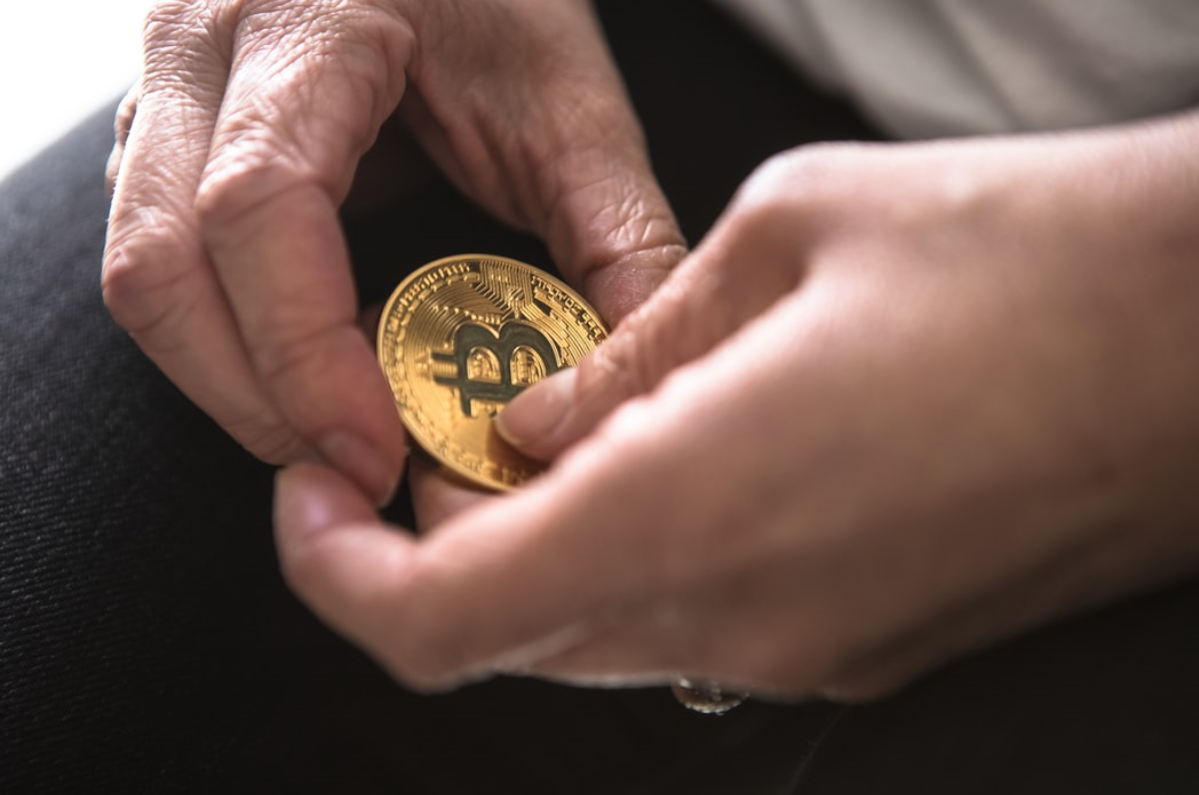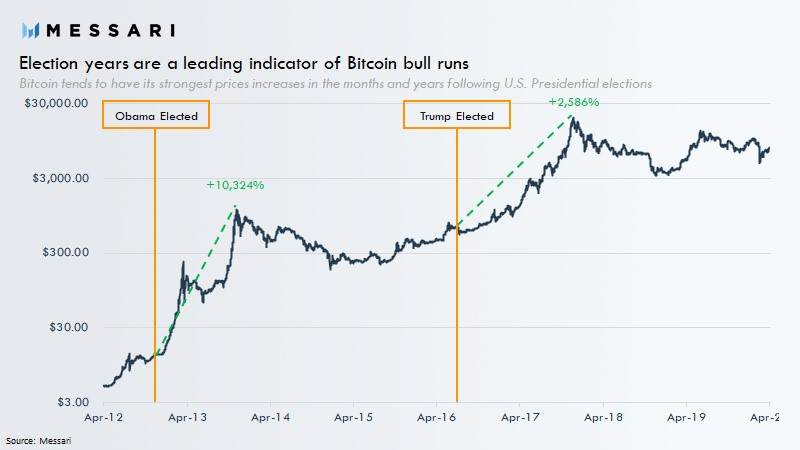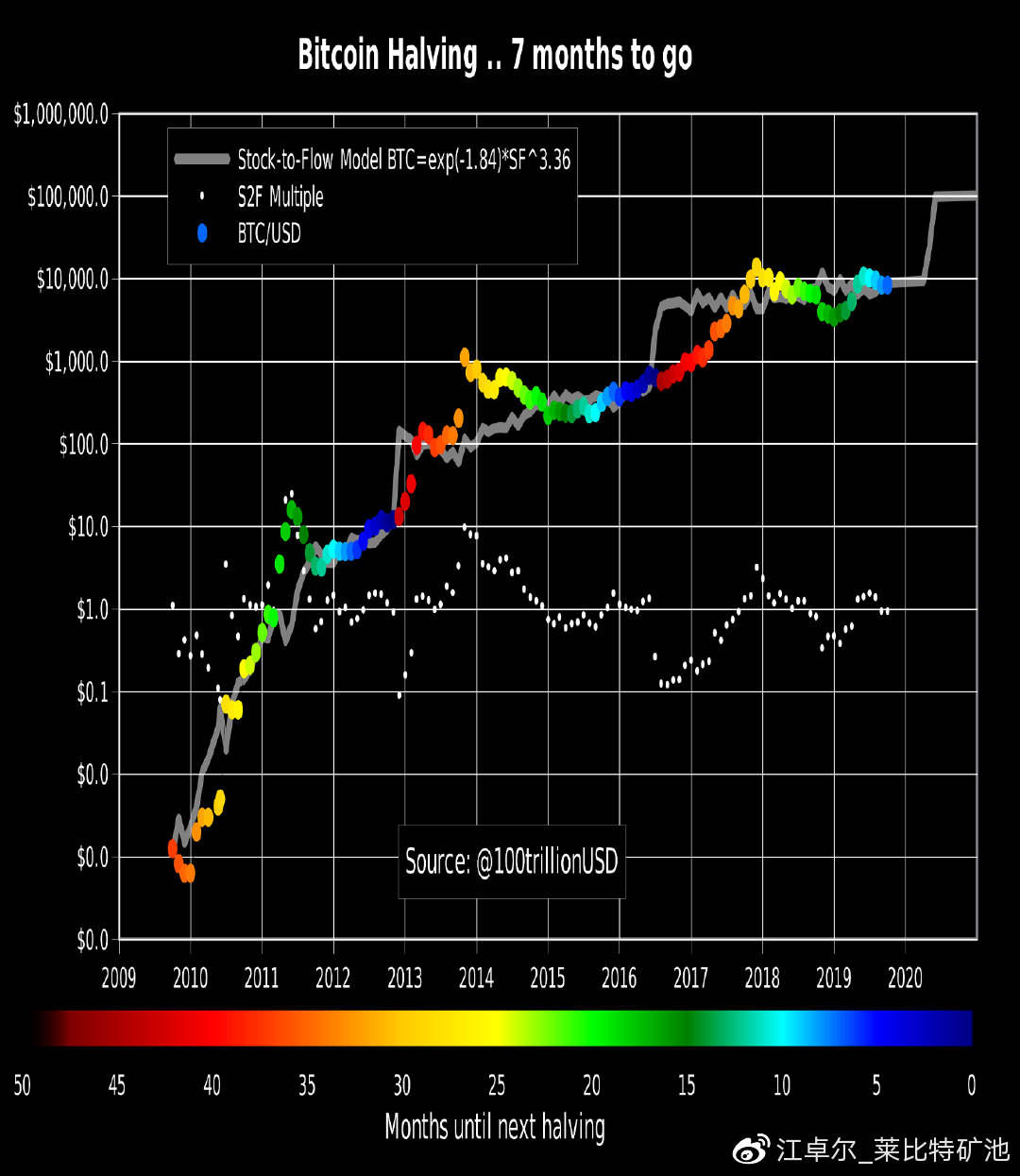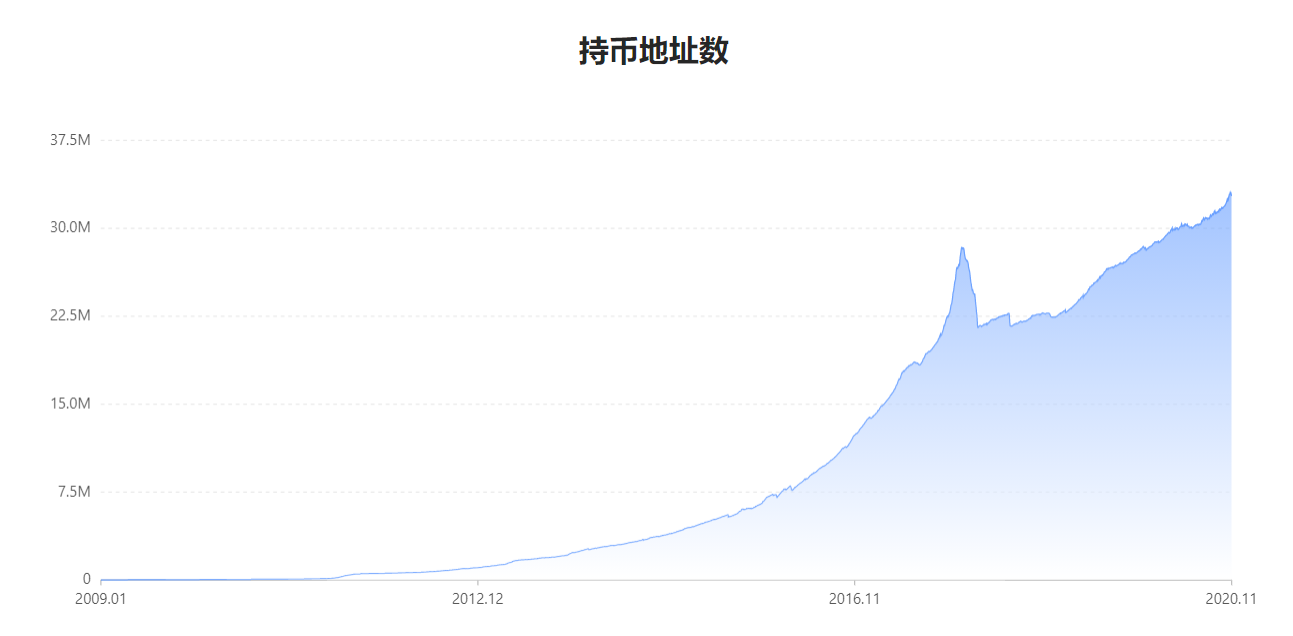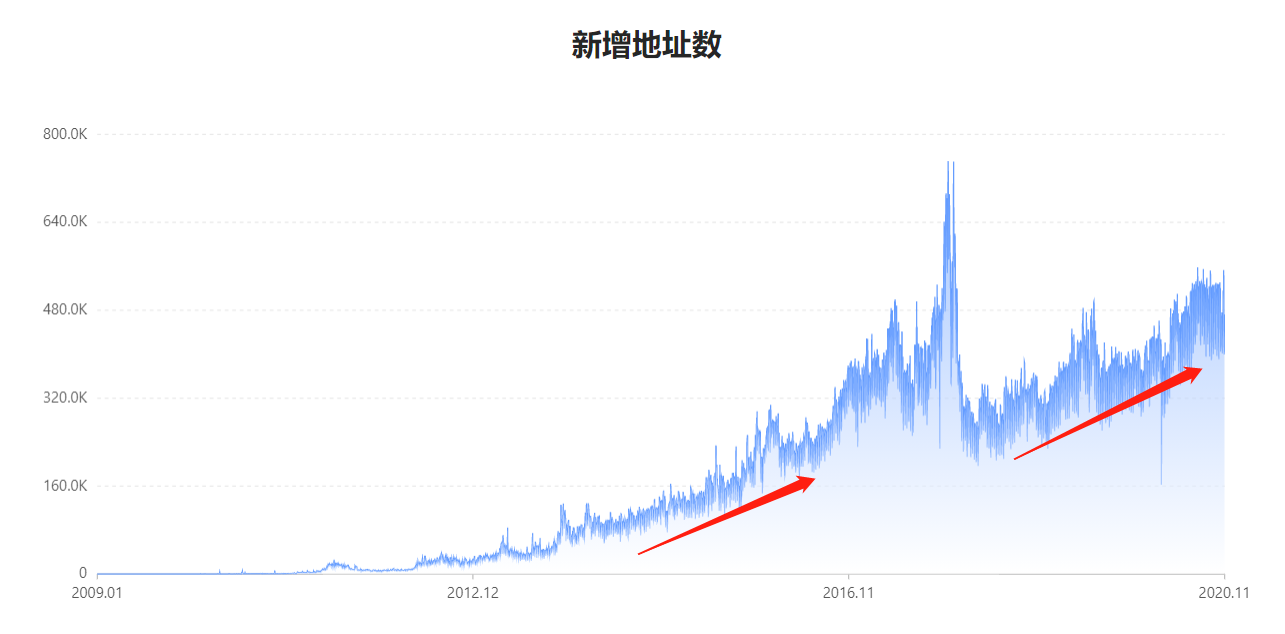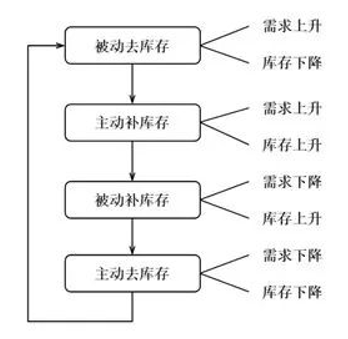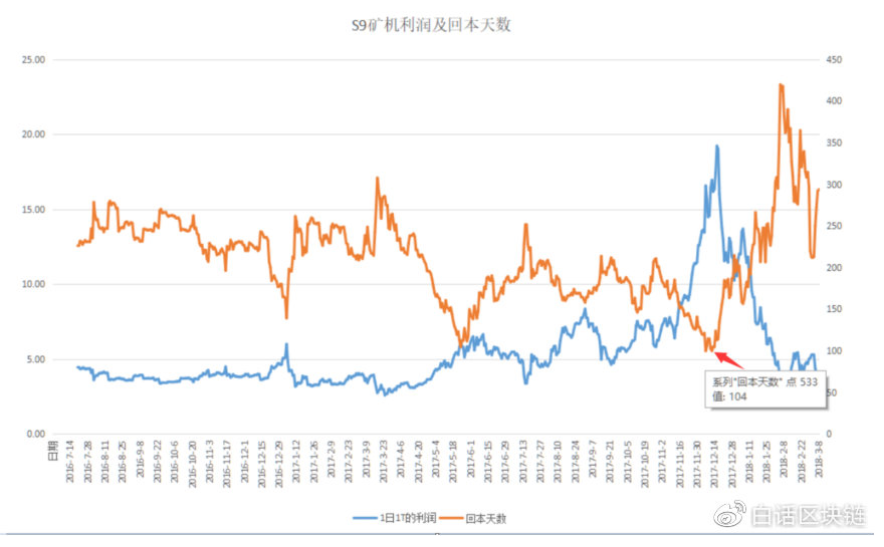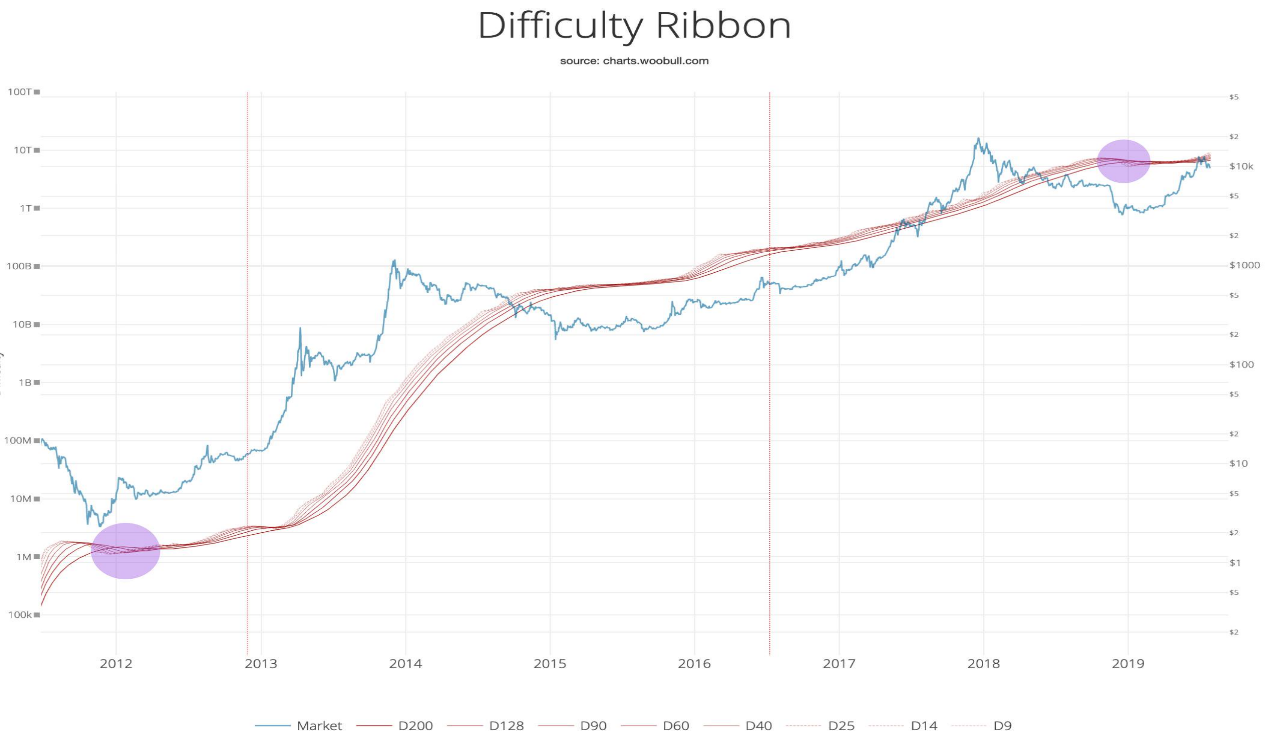Quantum computing is definitely not a sprint, but a marathon.
Look at business with a point of view. Super opinion, from the cutting-edge observation of new business practitioners
Guests of this issue
Guo Guoping, Deputy Director of the Key Laboratory of Quantum Information, Chinese Academy of Sciences; Founder and Chief Scientist of Origin Quantum Computing Company
Luo Le, Professor, School of Physics and Astronomy, Sun Yat-sen University
Fang Chen, Senior Investment Manager of Paradise Silicon Valley
Edit|He Linjian
Core viewpoint:
1. Quantum is a science, not metaphysics. It is a description of a certain physical state, and a quantum computer is a machine that can complete quantum computing tasks.
2. In classical computers, most of us discuss physical bits, but real quantum computers are actually logical bits. At present, both at home and abroad, what they are doing basically remains at the stage of physical bits. In this sense, there is no real quantum computer yet.
3. We now need to carry out quantum technology science popularization to attract more optoelectronic industries, chip industries, machinery industries, and micro-electromechanical industries to join them, so as to form substantial and effective attention and truly promote the development of quantum computing in our country .
Editor's note: This article is organized from 36Kr LIVE content, with deletions. Click here to watch the full live broadcast >>
Quantum, quantum computing and quantum computers
Guo Guoping: Quantum is a subject, a science, not metaphysics. It is a description of a certain physical state, so the word quantum does not specifically appear in quantum mechanics.
Quantum computing is an application in informatics. For example, information is divided into collection, transmission, and processing. Quantum computing is a computing method that uses the principles of quantum mechanics or the characteristics of quantum states to improve information processing capabilities. Use the state of the quantum state to encode, process, and read information. This is quantum computing.
A quantum computer is a machine that can complete quantum computing tasks. Of course, we should not think that quantum computers are just hardware. For our current computers to be able to run, we still need software at various levels. The most intuitive ones are operating systems, application software, and underlying software. Therefore, quantum computers should refer to the general term for software and hardware that can implement quantum computing.
Luo Le: I want to emphasize why we attach so much importance to quantum computing now. What we all know well is that quantum computing has powerful computing power, which is actually relative to classical computing. Classical calculations rely on Boolean algebra, where bits are either 0 or 1. Quantum is a microscopic particle. There are superposition states and entangled states in microscopic particles, which are countless superposition states between 0 and 1. This superposition state makes a single bit contain much more states than classic bits. These bits can produce a mutual entanglement relationship, so quantum computing is like an innate, inherent parallel computing maintained by the laws of physics.
Quantum computing breaks through Moore's Law?
Chen Fang: When I was investigating quantum before, I heard two metaphors. The first is that quantum computing breaks through Moore's Law. The second is that the principle of quantum can be explained by Schrödinger's cat. What do the two teachers think about these two points?
Luo Le: Quantum computing can break through Moore's Law, which is rather vague. Moore's Law mainly refers to the development of microelectronic technology, especially the development of microelectronic chips. As time increases, the number of transistors integrated per unit volume will double, and the price will correspondingly drop by half. Quantum computing is actually on a different track from the classical computing of microelectronics. We did not simply make transistors smaller and smaller, but adopted a completely different architecture.
Guo Guoping: Regarding the first question, I think Moore's Law is a law of economics, and it describes a development law of integrated circuits. Quantum is not realized by hardware superposition or parallelism, so they are not the same thing. Of course, quantum will also have its own laws.
Regarding the second question, the reason why quantum computing is magical, or the reason I think it is a discipline, stems from its physical foundation, that is, the characteristics of quantum states. Take a bit as an example. In quantum, this bit can be in a state where 0 and 1 are superimposed in any ratio, and the phase can also be adjusted. In a bit of classical computing, it can only be at 0 or 1. In quantum, half of the probability of a bit is 0, and the other half of the probability is 1. This is also the reason why the principle of quantum can be linked to Schrodinger's cat. The superiority of quantum mechanics and quantum computing lies in the state of quantum superposition. Quantum entanglement is actually the result of the superposition of multi-bit quantum states, and quantum superposition is the fundamental property.
Real quantum computers: from physical bits to logical bits
Guo Guoping: There is no real quantum computer now. In classical computers, most of us talk about physical bits, but real quantum computers are actually logical bits. The difference between logical bits and physical bits is that physical bits have an error rate, such as one in ten thousand, or even one in thousand.
Only one or more physical bits can be encoded to form real bits, that is, logical bits. So from the perspective of this concept, whether at home or abroad, what they are doing basically stays at the stage of physical bits. Of course, they are already experimenting with logical bits. Therefore, we say that there is no real quantum computer yet.
Luo Le: Since last year, many kinds of quantum computer systems have been developed around the world, including superconductivity and trapped particles. Some or a large part of them have been developed on general-purpose quantum computers. The quantum logic of universal quantum computers is universal and can solve a class of universal quantum algorithm management problems. The development of quantum computers is now at the critical point of transitioning from physical bits to logical bits.
Different paths to quantum computing
Fang Chen: Now there are different paths in quantum computing. For example, Mr. Guo is doing semiconductor and superconductor paths, academician Pan is doing optical paths, and scholars are studying ion trap paths. What are the advantages and disadvantages of different paths? in?
Guo Guoping: At present, there is no definite answer as to which physical system is more suitable for quantum computers. Many people are exploring various paths, not just in schools or research institutes, but Google and IBM are exploring. Intel, TSMC , and Wright of France are also exploring semiconductors. Microsoft has also spent a lot of energy in doing this.
Now these physical systems, none of them can be proved in principle, it must not work. So everyone has not converged to a certain path. If they can converge to a path and humans focus on it, maybe they can achieve better results.
The development of any technology should actually be a gradual process. In a sense, our physical systems are compatible with existing information technology industries, such as semiconductors, chips, and existing integrated circuits. In other words, the compatibility or inheritance of its craftsmanship, technology, equipment, and talents.
Currently, companies with different backgrounds pay attention to each physical system. But in terms of the development of disciplines, the emergence of a new thing requires a foundation. Therefore, the future quantum computer is unlikely to be completely separated from the classical computer, or not use any of the existing integrated circuits. In this sense, it is necessary to consider its compatibility and inheritance.
Which physical system is better or better is a false proposition in a sense. Regarding quantum computers, I personally always insist on a point that, at least for the foreseeable time, it will not replace classical computers, or in other words, it and classical computers should be a complementary process. In this sense, it is somewhat similar to AI. AI chips are based on ASCII, GPU or other architectures. These AI chips do not have to be unified to a specific architecture or physical system. Each physical system is worth exploring, but when exploring, we all aim at solving a certain practical task and demand, so it should be meaningful.
Luo Le: There are many different physical systems in the development of quantum computers. I personally think that they can be divided into three types: one is the photonic system we are very familiar with; the second is related to atomic physics, which is cooled by laser in vacuum The imprisoned atom and ion system is based on atoms and ions; the third system can be summarized as an electronic system, whether it is a superconductor or a semiconductor, it is an electronic structure.
Each of these three systems has its own advantages and disadvantages. As early as 20 years ago, five criteria for quantum computing were proposed in the field of quantum computing, and later two criteria for so-called quantum networks were proposed. These systems may meet certain criteria better. For example, in terms of integration, superconductivity and semiconductors have advantages. In terms of the coherence of a single qubit, the trapped ion system has its advantages. We are still at a preliminary stage. We must take a long-term perspective to continuously improve and develop various systems to solve the tasks under various systems. Quantum computing is definitely not a sprint, but a marathon. So in the initial stage of the marathon, we should pay attention to various systems, including some new ones.
Don't be afraid to make a bold idea. Maybe the real quantum computing system in the future will be completely different from our classical quantum computing system. For example, it may be a single, composed of semiconductor chips. In the future, quantum computing may be a hybrid system, which includes atoms that store quantum information, superconducting and semiconductor structures for large-scale processing, and photons that can transmit between nodes. The final architecture of quantum computers may be richer and more complex than the systems on which classical computers now rely.
Quantum computing applications
Guo Guoping: The current quantum computer may be like the steam engine that humans have just developed. The steam engine at that time may only have the power of 0.001 horses. The application of quantum computers now is like we are now taking a steam engine with only 0.001 horses and trying to put it on a carriage, so don’t expect it to run faster than a carriage. The evaluation criteria for useful and useless are actually different. Some people think that without a horse, this car can move, which is extremely useful. But from another point of view, since you can't run a carriage, it's useless to work so hard.
It is actually difficult to judge useful and useless. But from a scientific point of view or the country's encouragement of independent innovation, we should explore the application of quantum computing in different industries. Especially for the practical problems in our daily lives, to find some algorithms and find some possibility to solve the problems.
Fang Chen: If quantum computers can really achieve the performance we want in the future, where is the biggest application field?
Guo Guoping: Don't use our vision and vision today to limit our offspring. Just like when classic computers were first developed, many people asked Einstein what computers would look like in the future. Einstein's answer at the time was: Maybe only two computers are needed in the world. Therefore, we should not use today's vision and vision to measure future things.
Luo Le: Computing is first of all an information science. The advantage of quantum computing over classical computing is its computing power. The first use of a quantum computer is to process massive amounts of data through its computing power.
Now is the era of big data. To give a simple example, everyone has a lot of genetic sequencing. We have a population of 5 billion, and the entire genetic quantity of 5 billion people is a very large amount of data. If you use general computers, machine learning, and in-depth analysis of data, it is difficult to complete this task even if it is supercomputing. Such issues include some complex financial systems, including various sensors in smart cities, and other issues connected with big data. With massive amounts of data, the existing supercomputing is difficult to deal with in terms of energy consumption and architecture. Since a quantum computer is a computer, its biggest application is still in data processing.
Maybe in the future society, there will be a number of quantum computers, either distributed or centralized, to gather all kinds of information from the world for processing. This may be a vision. Mr. Yao Qizhi, Turing Award winner, said: The future of information science is very simple, that is, quantum computing plus artificial intelligence. I think this also reflects one of the largest applications of quantum computing.
The competitive landscape of quantum computing from an international perspective
Fang Chen: What is the competitive landscape of quantum computing on a global scale? How does the domestic quantum computing level compare with the foreign quantum computing level?
Luo Le: From a global perspective, the United States has certain opportunities. In 2010, I was also a post-doctoral research scientist in the United States. At that time, the United States began to arrange large-scale quantum computer research and development projects in various directions such as superconductivity and ion traps. The United States has already made arrangements at the national level ten years ago. Five years ago, or even earlier, a number of large companies, such as IBM, Google, and some start-ups, began to carry out enterprise, engineering, and commercial operations. Therefore, in the current global quantum computing landscape, the United States has a certain opportunity.
Guo Guoping: Actually, it is not just quantum computing. From quantum key distribution, to quantum computing, to quantum sensing, we must admit that these were not first proposed by our domestic researchers. Generally speaking, the gap between domestic and foreign countries in the field of quantum computing is quite obvious.
There are many reasons for the gap. The first reason is that we started late. We are a little late for the start of concepts and the exploration of principles. The second reason is that our attention and investment are not enough. From the perspective of the entire research on quantum computing, the domestic investment or attention is still a little less than that of foreign countries, or is it even effective attention. The third reason is the lack of practical application research. I have repeatedly emphasized that the research of quantum computing is oriented towards solving practical problems. The research and development of a truly useful quantum computer requires investment. More research is still in our country, or the principle of exploration to transitive explore top management issues, which we have already chasing almost the same. However, we must admit that there is still a big gap in the exploration with the goal of practical usefulness.
Luo Le: Although quantum computing is very hot in China, effective attention is far from enough. This requires the opening up of the upstream and downstream industrial chains, including some traditional technologies. Traditional industries have joined quantum computing to empower quantum computing. We are very lacking in this respect. Therefore, we now need to carry out quantum technology science popularization, so that more engineering and technical personnel can understand, so as to attract more optoelectronic industries, chip industries, machinery industries, and micro-electromechanical industries to join them, so as to form substantive and effective attention. In order to really promote the development of quantum computing in our country.
Quantum computer research
Chen Fang: What do you think of Honeywell’s announcement of the world’s most powerful computer?
Luo Le: We cannot actually use a single indicator to measure the performance of a quantum computer. For Honeywell, its so-called most powerful may be based on a certain quantum volume index. The quantum volume index is only one of the measurement factors. To truly measure a quantum computer, it must be combined with reality. If it can solve a certain problem well, it may be said that it has a relatively powerful function on this problem. It has not yet reached the same stage as the mobile phone running score. Even at that stage, running score is not the only measure.
Chen Fang: At present, companies in the industry are still in the process of research, can it be understood that they have not been able to compete directly?
Guo Guoping: Major companies, including IBM and Google, are comparable in terms of superconductivity, but they are not completely comparable. Including Honeywell and Intel are studying semiconductors. I think who can solve the practical problems of our human production and life is good.
Fang Chen: IBM's quantum cloud is very popular abroad, and Quantum has recently launched a quantum cloud service. Many people may not be able to afford quantum computers. Can the application of quantum clouds be seen as an opportunity?
Guo Guoping: The so-called quantum cloud is a service method, and its core is based on quantum computers. Of course, like the source released a 32-bit, 64-bit simulator in February 2018, it is not a real quantum computer, but a supercomputing simulation. But in September, a 6-bit real superconducting quantum computer was released. Based on this superconducting quantum computer cloud service platform, it allows most people or anyone to access and experience a 6-bit real quantum computer from the network.
Can it solve practical problems, or is it really useful? I believe that its experience value, science value, and the development value of quantum computer software and application algorithms are greater than the actual problems that it can solve as a small number of bit computers. Cultivating habits, cultivating users, promoting languages, and establishing ecology are a very important role of cloud computing.
Luo Le: Due to the complexity of quantum computers, it is difficult to associate quantum computing with computers at this stage. Even like IBM or Google, their current integration can only reach the level of teller machines or instrument cabinets. Except for some major customers, such as the military and NASA, it is difficult for any user to spend tens of millions or millions of dollars to move a cabinet home. Most people are only familiar with Quantum through the form of cloud and online feedback. Calculation.
Education itself is a very big use, and the cultivation of ecology can prepare for the explosion of quantum computers in the future. When things suddenly break out, then you can't catch them anymore, so we have to plan ahead and be prepared for this.
